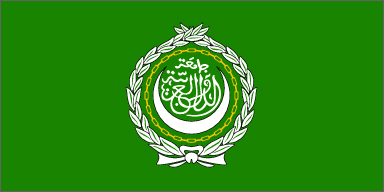NONPARTISAN.
EMPOWERING.
|
|
|||||||||||||||||||||||||||||||||||
|
READER FAVORITES
TRANSLATE into 100+ Languages and Dialects ProCon.org is a 501(c)(3) nonprofit public charity.
Contact Us
233 Wilshire Blvd., Suite 200
Santa Monica, CA 90401 © 2024 ProCon.org
All rights reserved Contact Us
ProCon/Encyclopaedia Britannica, Inc.
325 N. LaSalle Street, Suite 200 Chicago, Illinois 60654 USA © 2024 Encyclopaedia Britannica, Inc.
All rights reserved |

